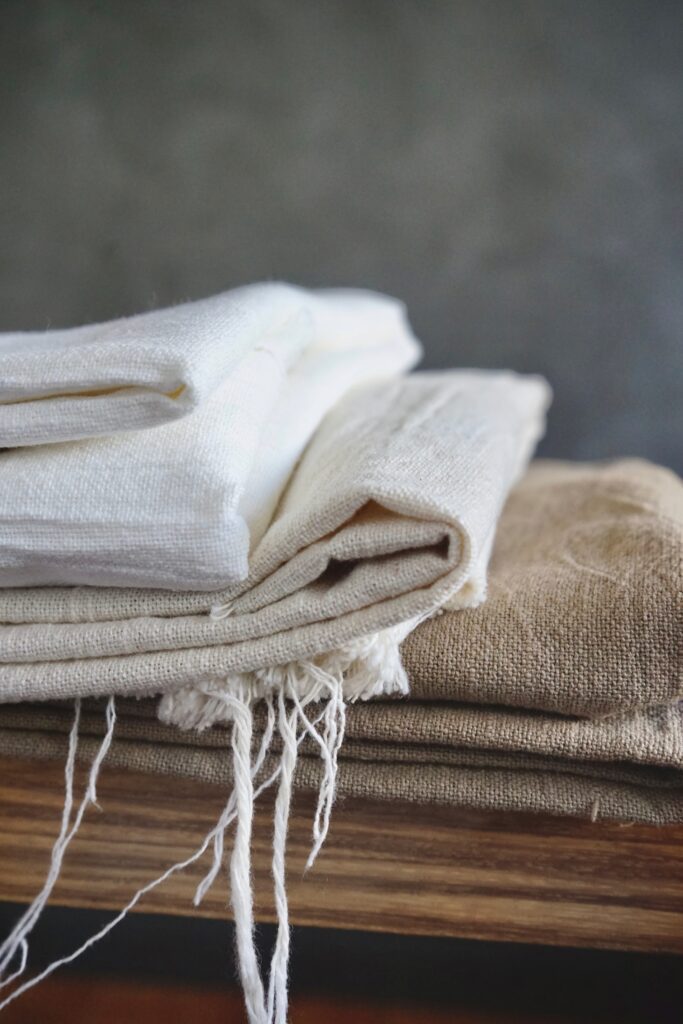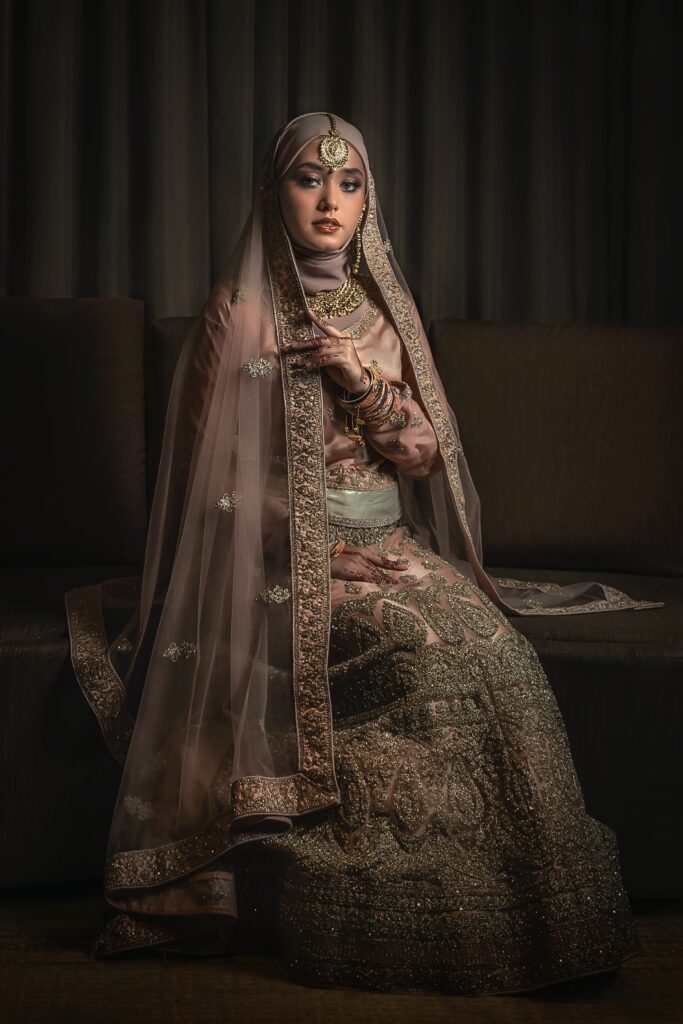Introduction:
Textiles and fabrics play a crucial role in our daily lives, from clothing to home furnishings and beyond. With so many options available, it can be difficult to determine which type of fabric is best suited for a particular project. In this comprehensive guide, we’ll explore the various types of fabrics and their unique properties, helping you make informed decisions when choosing the right fabric for your needs.
Natural Fabrics Description:
Natural fibers are derived from plants or animals and include cotton, silk, linen, wool, and hemp. These fibers have been used for thousands of years to create fabric and clothing, and offer a range of properties such as breathability, durability, and softness.
Synthetic Fabrics Description:
Synthetic fibers, also known as man-made fibers, are created using chemical processes and include polyester, nylon, and spandex. These fibers are known for their strength, stretch, and resistance to moisture and wrinkling. Synthetic fibers are often used in sportswear and other performance-based clothing due to their unique properties.

Blended Fabrics Description:
Blended fabrics are a combination of natural and synthetic fibers, offering a balance of properties from both types of fibers. Common blended fabrics include cotton polyester, wool polyester, and silk polyester. Blended fabrics are often used in everyday clothing as they offer a combination of comfort, durability, and affordability.
Technical Fabrics Description:
Technical fabrics are designed for specific uses, such as outdoor gear, athletic wear, and protective clothing. These fabrics are engineered to offer specific properties, such as water resistance, wind protection, and breathability, making them ideal for high-performance applications. Technical fabrics include Gore-Tex, Polartec, and Cordura.
Decorative Fabrics Description:
Decorative fabrics are used for their visual appeal and are often used in home décor and special occasion clothing. These fabrics are available in a wide range of colors, patterns, and textures and can add a touch of elegance and sophistication to any project. Examples of decorative fabrics include brocade, damask, and lace.
Conclusion:
In conclusion, there are many different types of fabrics available, each offering unique properties and benefits. Whether you’re looking for natural fibers, synthetic fibers, blended fabrics, technical fabrics, or decorative fabrics, understanding the properties of each type can help you make informed decisions when choosing the right fabric for your project. With this guide as a starting point, you’ll be well on your way to selecting the perfect fabric for your needs.
available, each offering unique properties and benefits. Whether you’re looking for natural fibers, synthetic fibers, blended fabrics, technical fabrics, or decorative fabrics, understanding the properties of each type can help you make informed decisions when choosing the right fabric for your project. With this guide as a starting point, you’ll be well on your way to selecting the perfect fabric for your needs.




